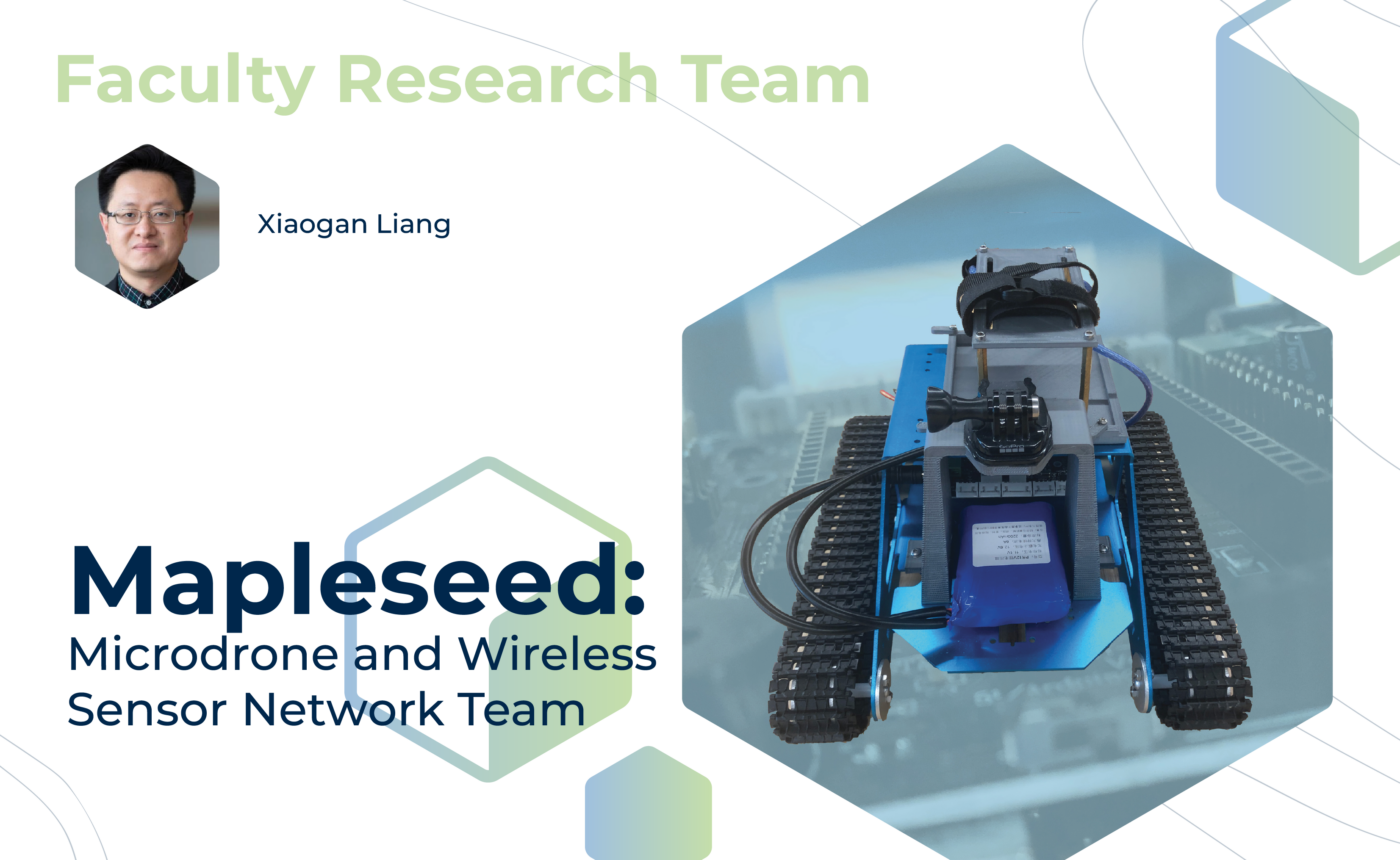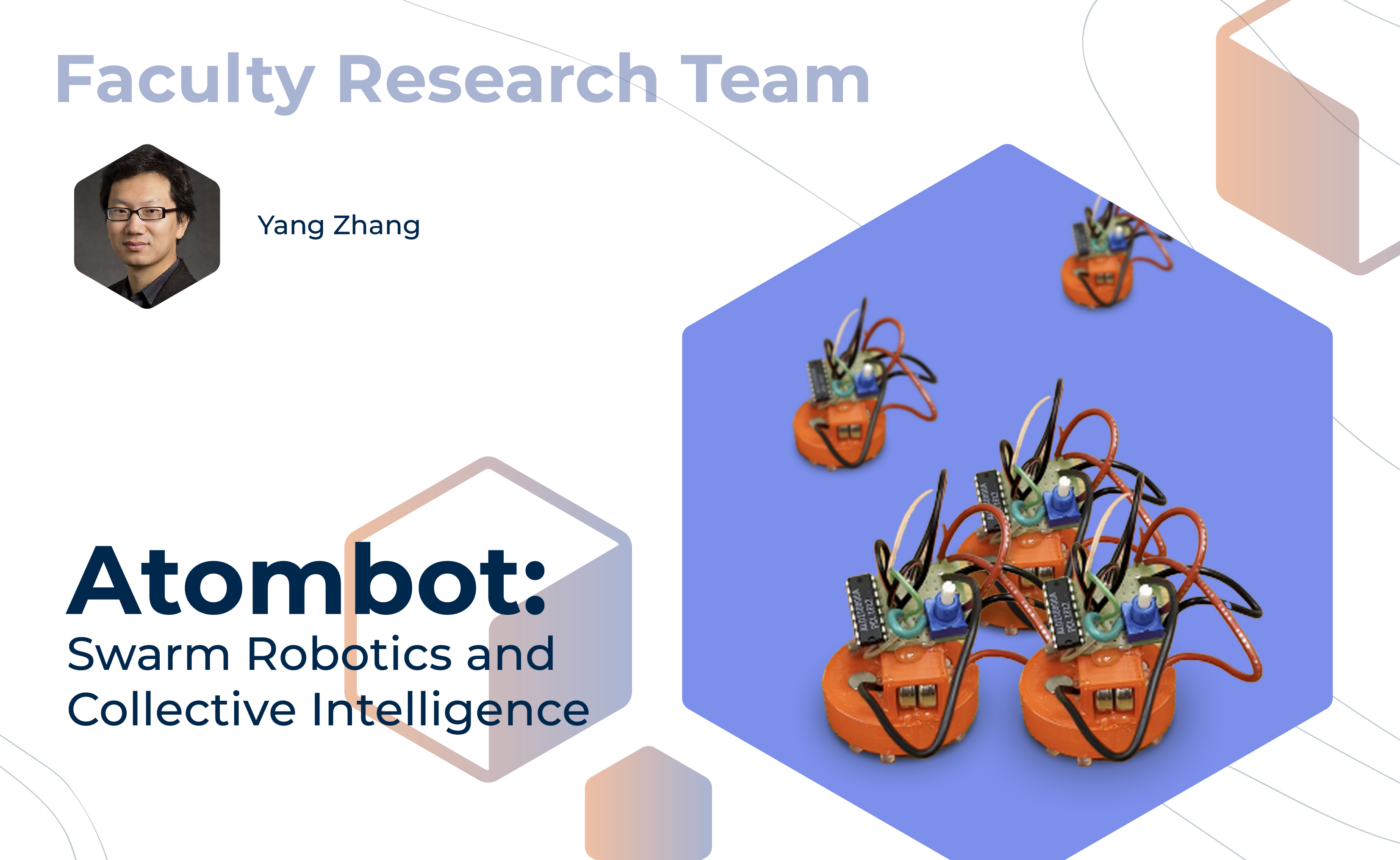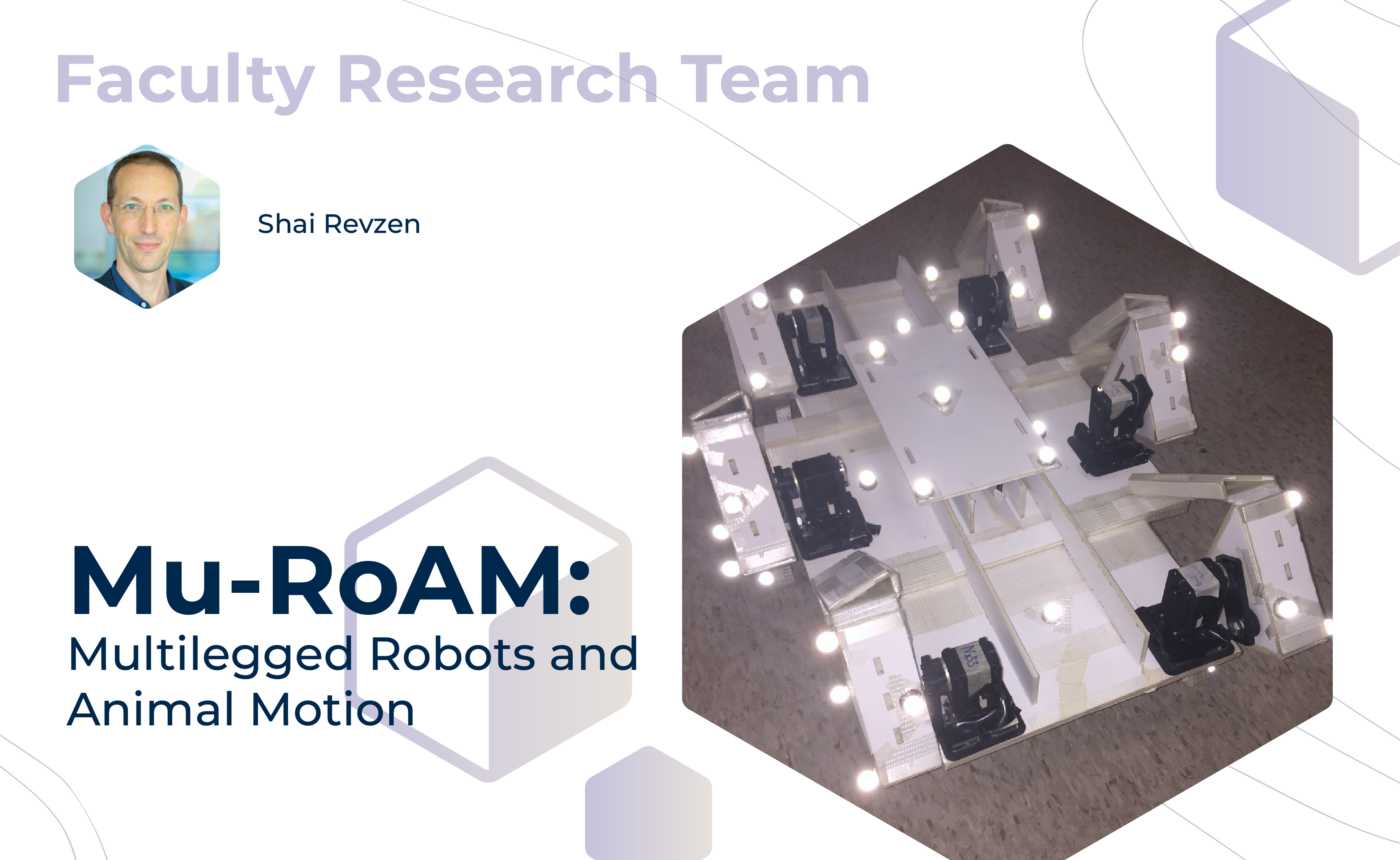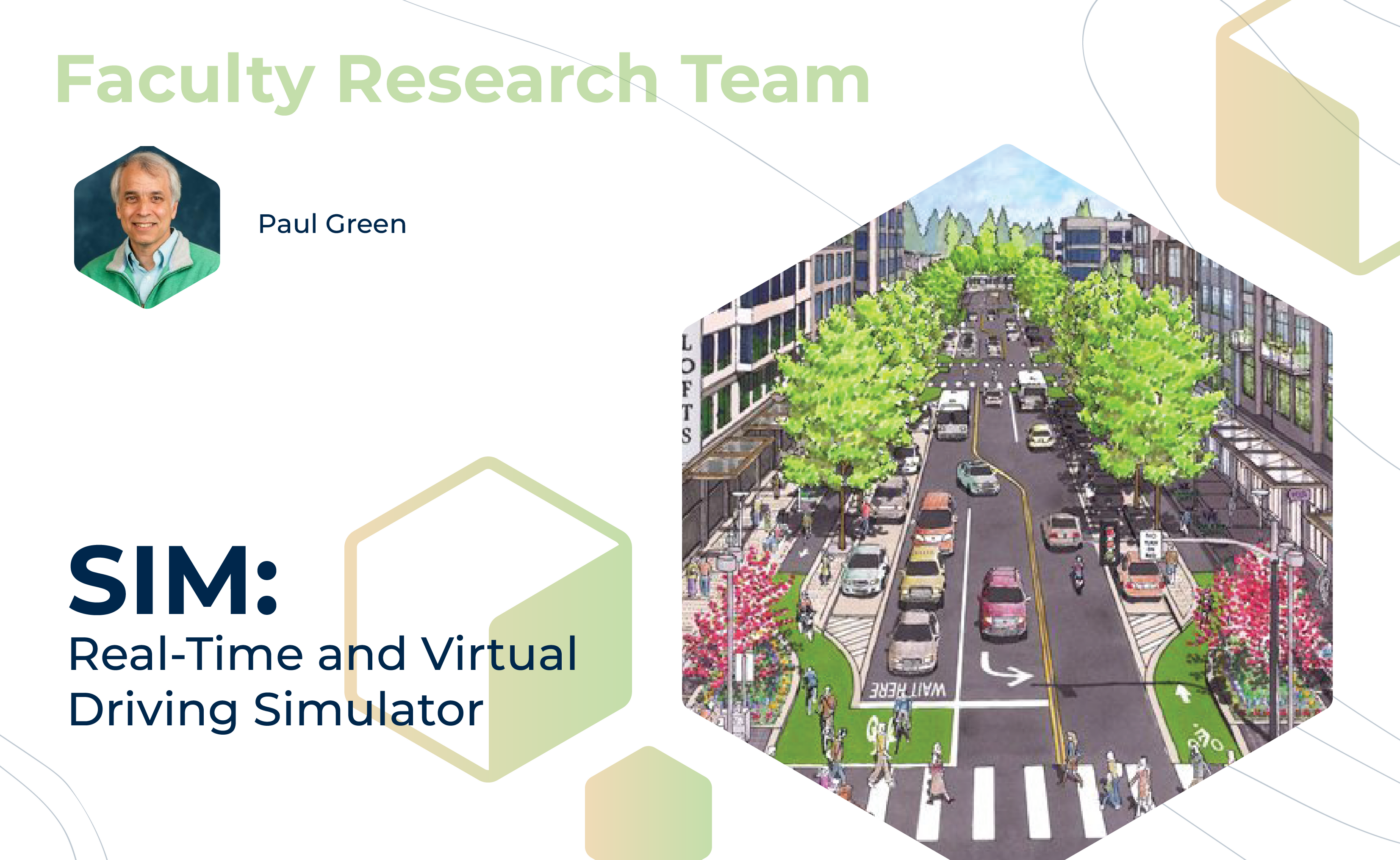– Clear
Walbridge construction company makes jobsite safety a top priority on all of their projects, including their two active jobs on U-M’s North Campus. Students on the Walbridge team will use 360° images from jobsites to develop a computer vision model that detects safety non-compliance on worksites.
EV battery thermal management is critical for performance and life of Li-ion batteries, but pack level testing is expensive and hazardous. Students on this team will develop a lab-scale hardware in the loop testbench (to be used as teaching tool) to help safely bridge the gap between cell level tests and pack level system performance evaluation.
Wireless sensor networks are needed for studying Earth’s climate and for real time monitoring of the spread of viruses or pathogens. The Mapleseed team aims to develop miniaturized robotic vehicles capable of carrying various sensors and automatically measuring certain atmospheric parameters and particle/virus concentrations in targeted spaces.
Human body models can be used to better understand and design to prevent injuries to a diverse population of shapes and sizes, but the work required to accurately develop these is time consuming and often manual. Students on this team will use AI and ML techniques to investigate and fine tune existing open-source CT scan segmentation software for the eventual purpose of generating accurate 3D surface models of the human body.
Research at the University is largely supported by grants from large funding organizations, but many grant applications are rejected because any number of strict application requirements are not met. Students on the U-M CAEN Grant team will create an AI supported tool to review grant submissions against the submission requirements.
The University reviews hundreds of thousands of resumes each year in an imperfect, time consuming manual process. Students on the U-M ITS AI Resume team will create a tool that leverages AI to compare resumes to job postings to identify top candidates.
Help us redesign our market leading live-cell research product, Incucyte. Students on the Sartorius team will provide the initial conceptual design and prototype work to develop a new, miniaturized, precision Live-cell Research Platform. Instead of placing our microscope inside and incubator, can we put the incubator inside the microscope?
This Atombot project will build a controllable miniature swarm robot system, based on a prototype developed by the Z Lab, study the fundamental emergent behavior of many-robot systems, and explore mission-critical applications in homeland security.
This faculty research team uses core principles of animal locomotion to create advanced robot technologies by distilling their mathematical principles and using machine learning automation. Students will design and fabricate robots, write core software components, and run robot and animal experiments, all in support of this mission.
To assess vehicle safety and ease of operation, the SIM team is designing a virtual driving simulator through open-source, simple hardware, and virtual roadway and scenario simulation. This team will also conduct experiments with users of software/hardware to validate ease of use and functional requirements.
Estimates suggest that billing errors may cost patients and the healthcare system anywhere from $10 - $20 billion annually. Students on the IHA team will integrate AI techniques to develop a tool that assists auditors in identifying improperly billed patient services, assigning proper billing codes, and predicting such errors to prevent recurrence.
To maintain cost competitiveness when moving production on a popular product from Asia to the US, Reverie needs to increase the automation of the assembly and packaging process. Students on this team will evaluate the design of the EZ-Lift™ Universal Foundation, develop an approach to automate the assembly, and perform the business case analysis to support moving the manufacturing location to the US.
Moving patients in hospitals is a complex procedure that requires the caregiver to monitor the patient while pushing the stretcher while also managing any external equipment. Students on the Stryker Autonomous Stretcher project will design and develop a system that allows the stretcher to operate autonomously, freeing up valuable caregiver resources for other related activities.













